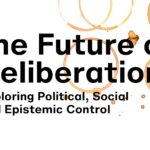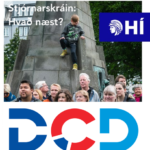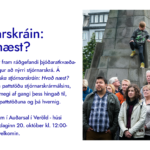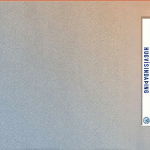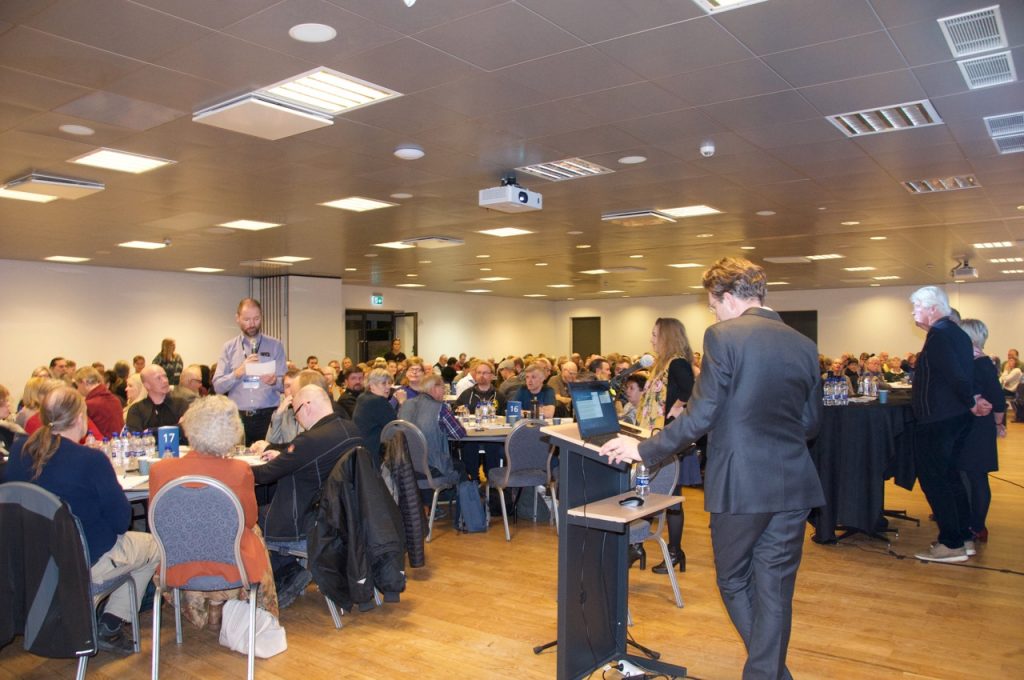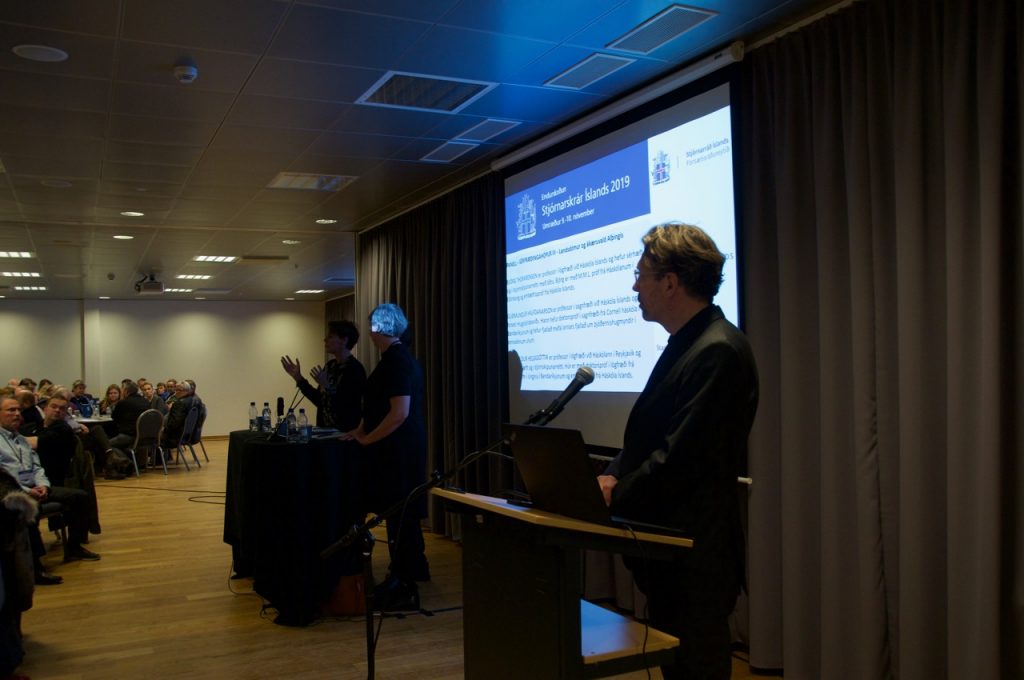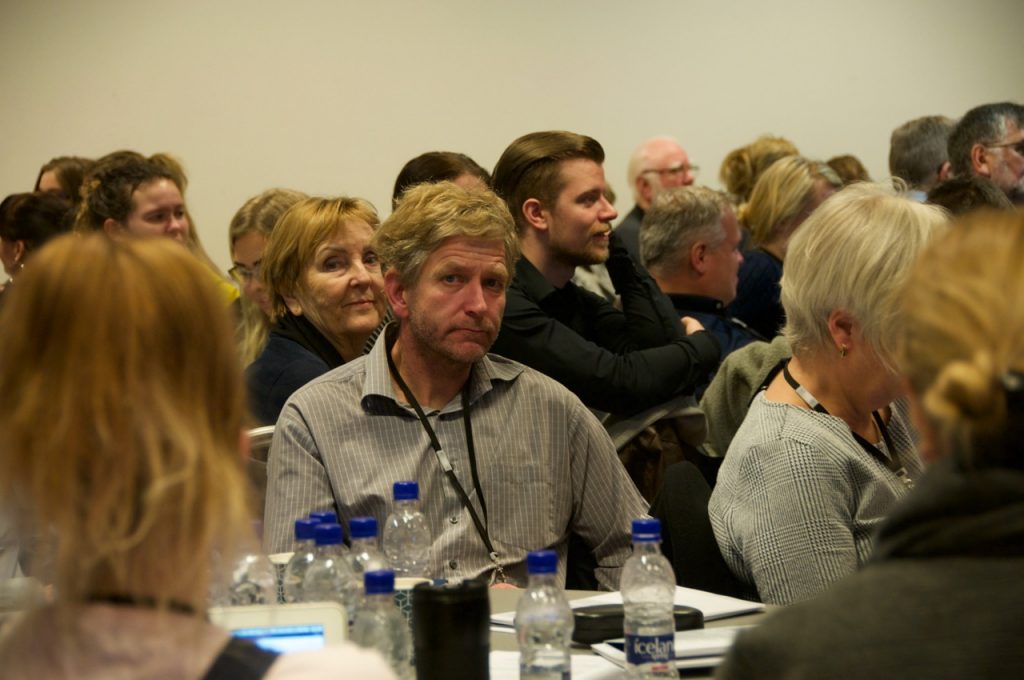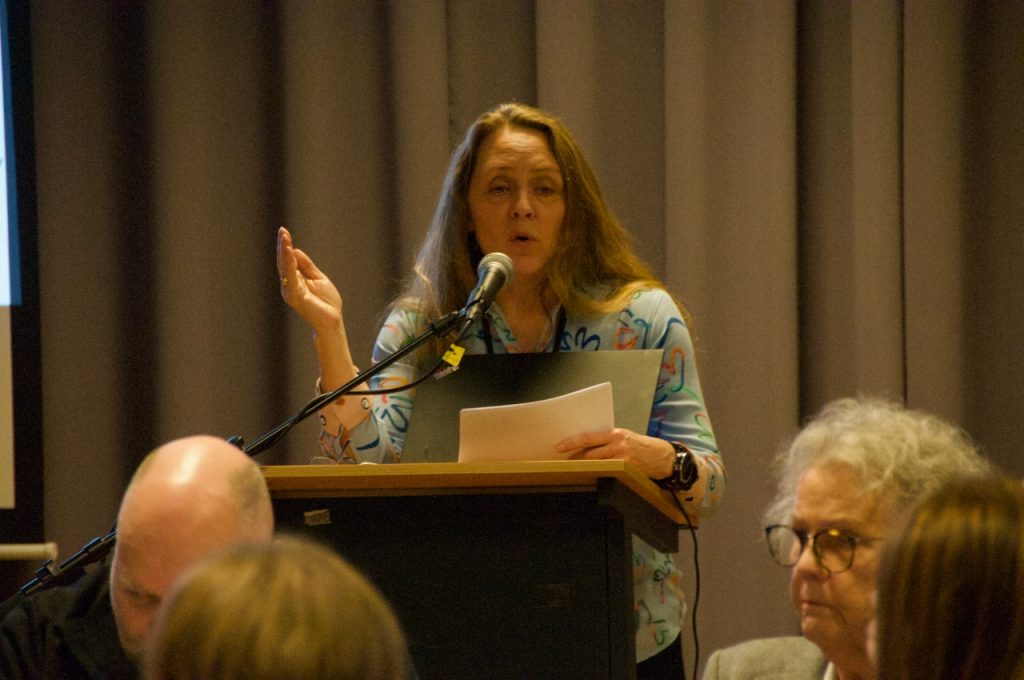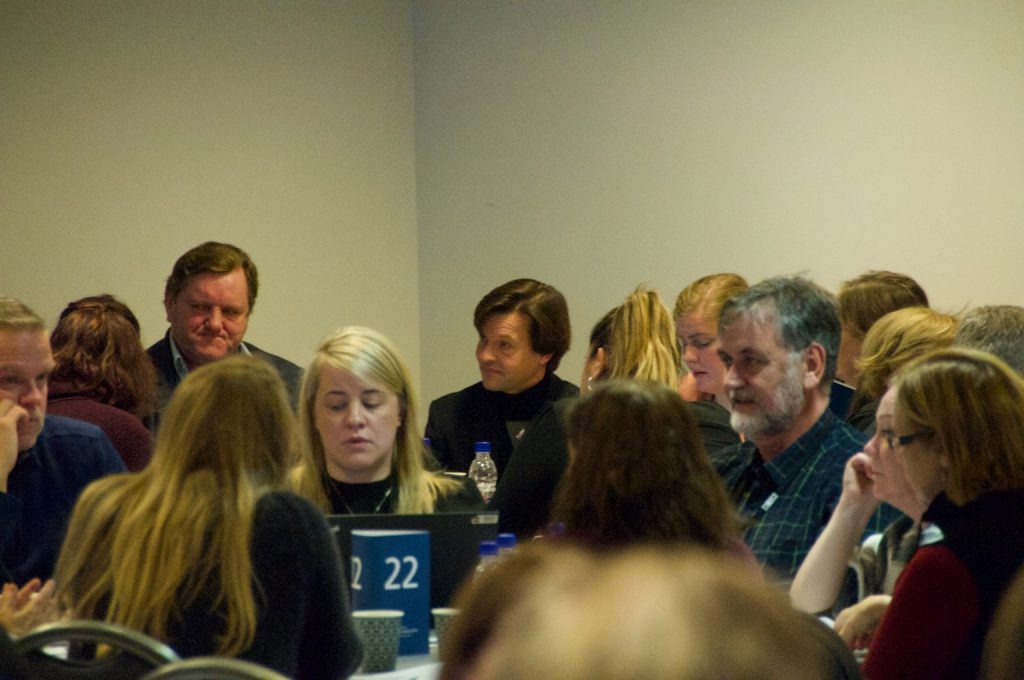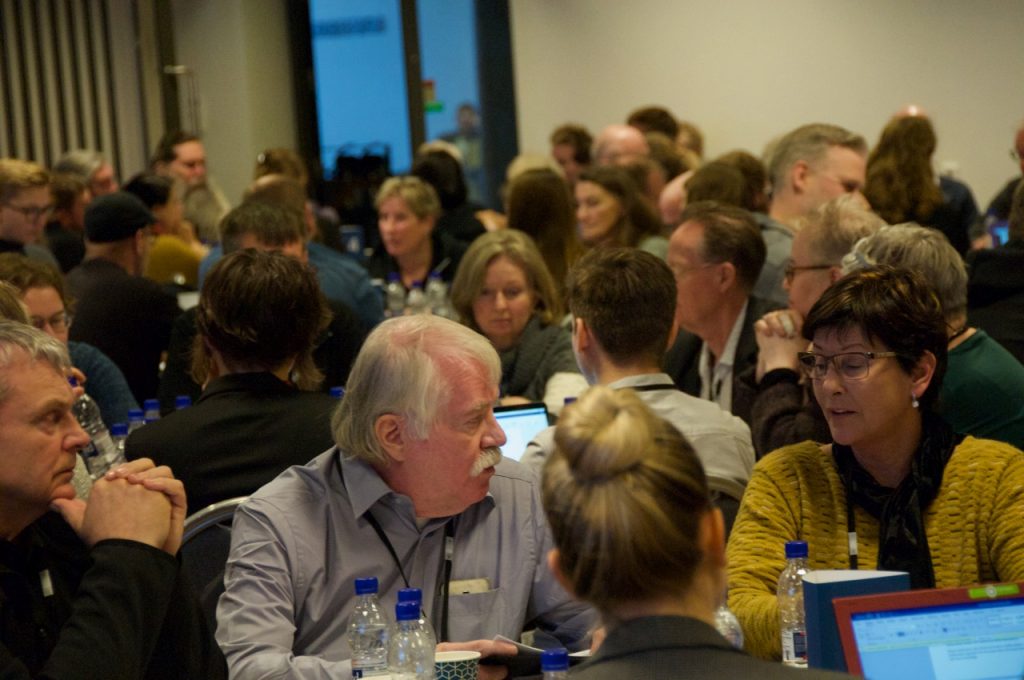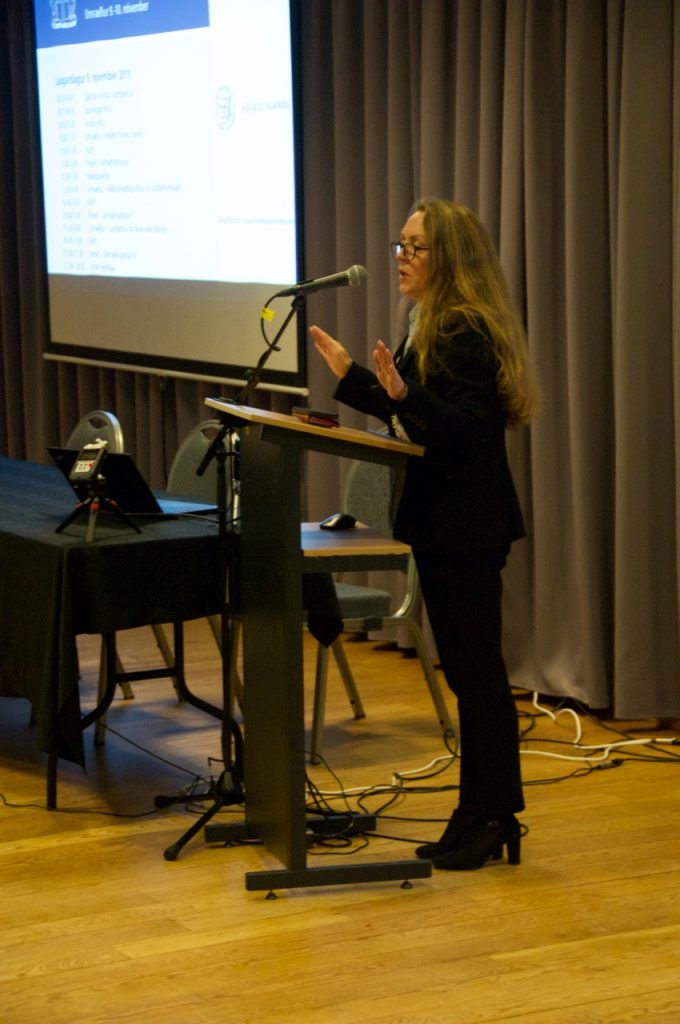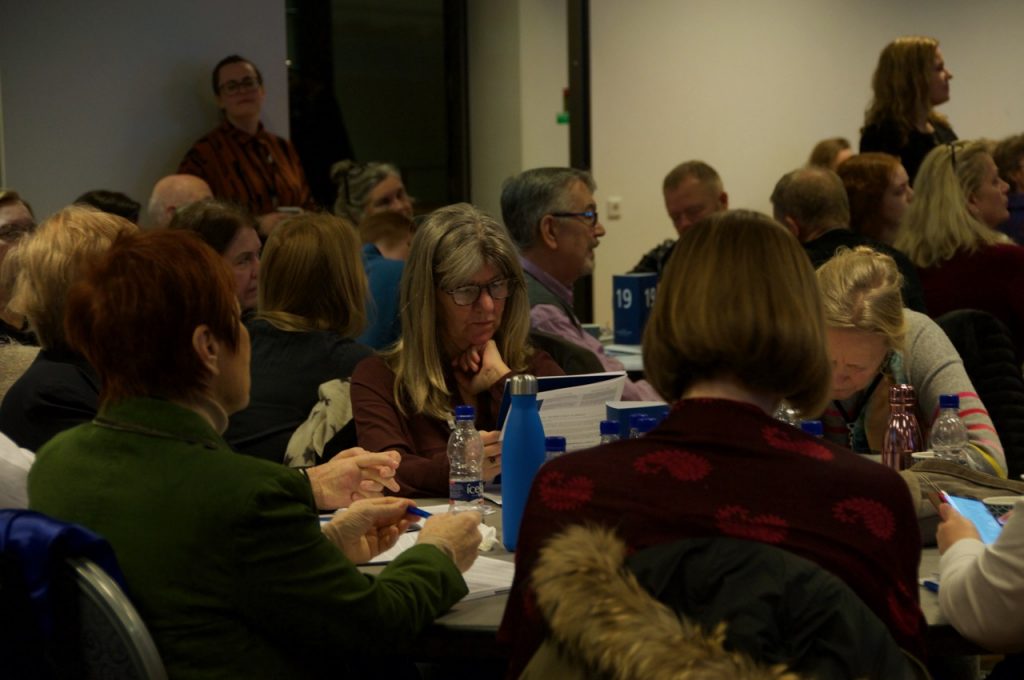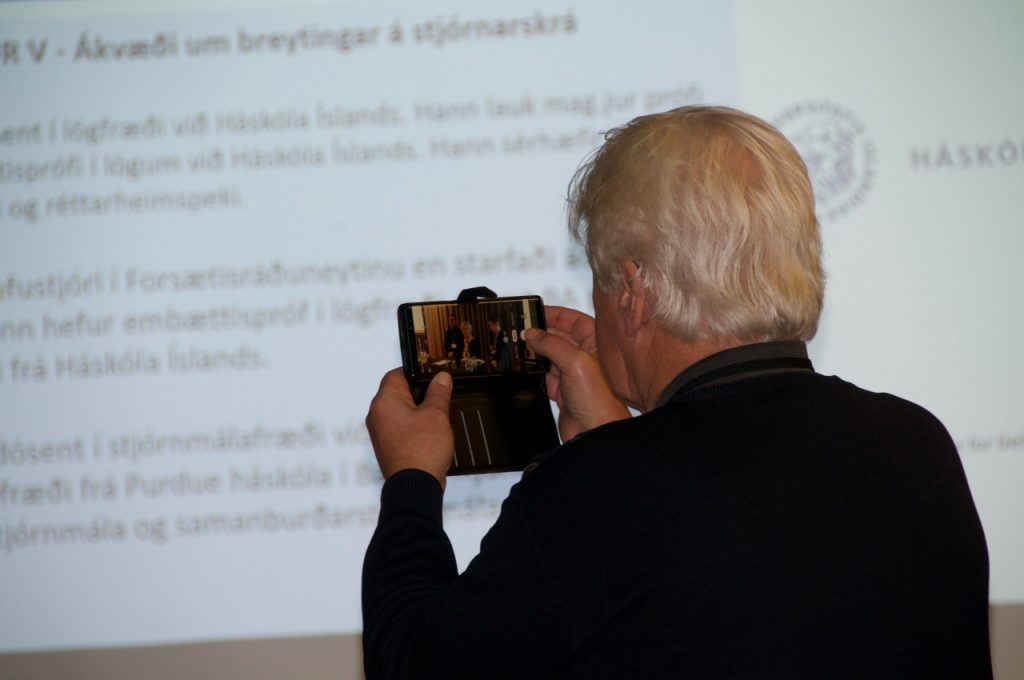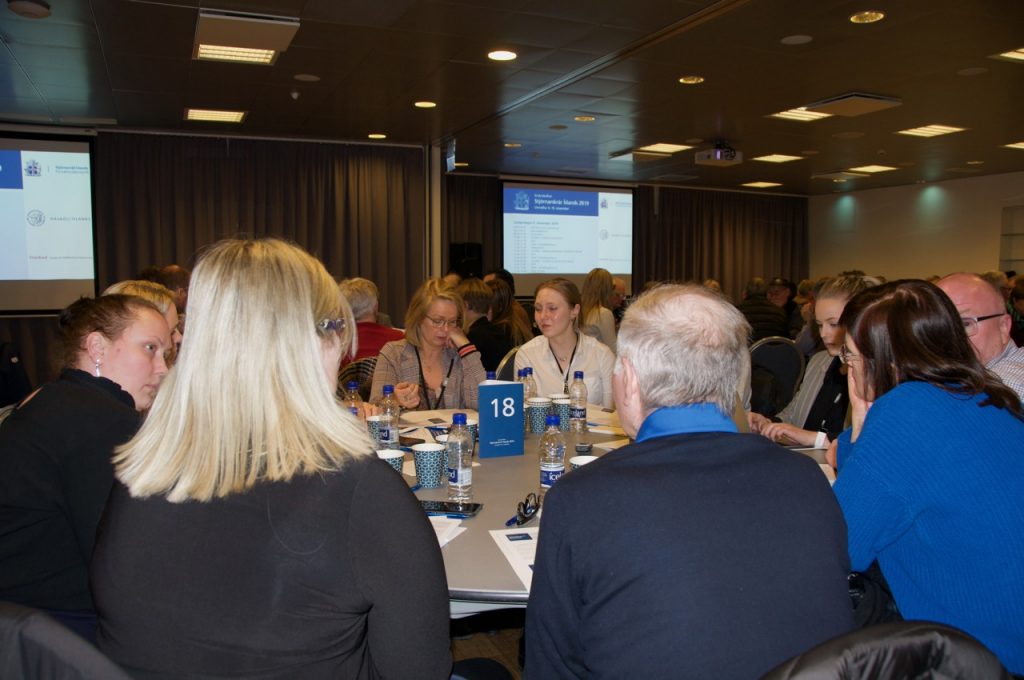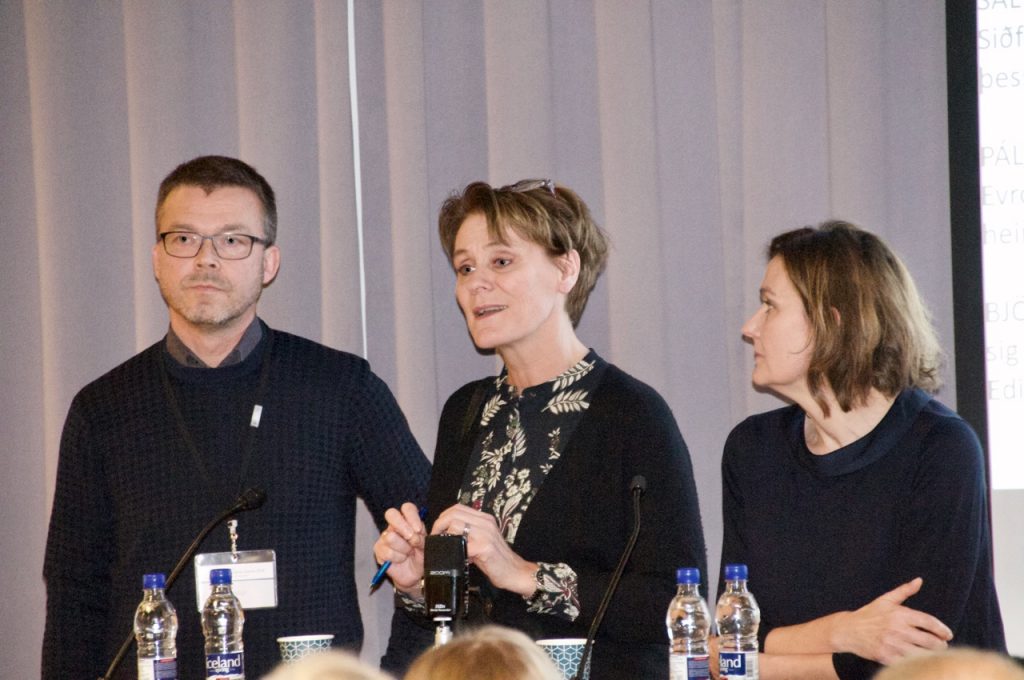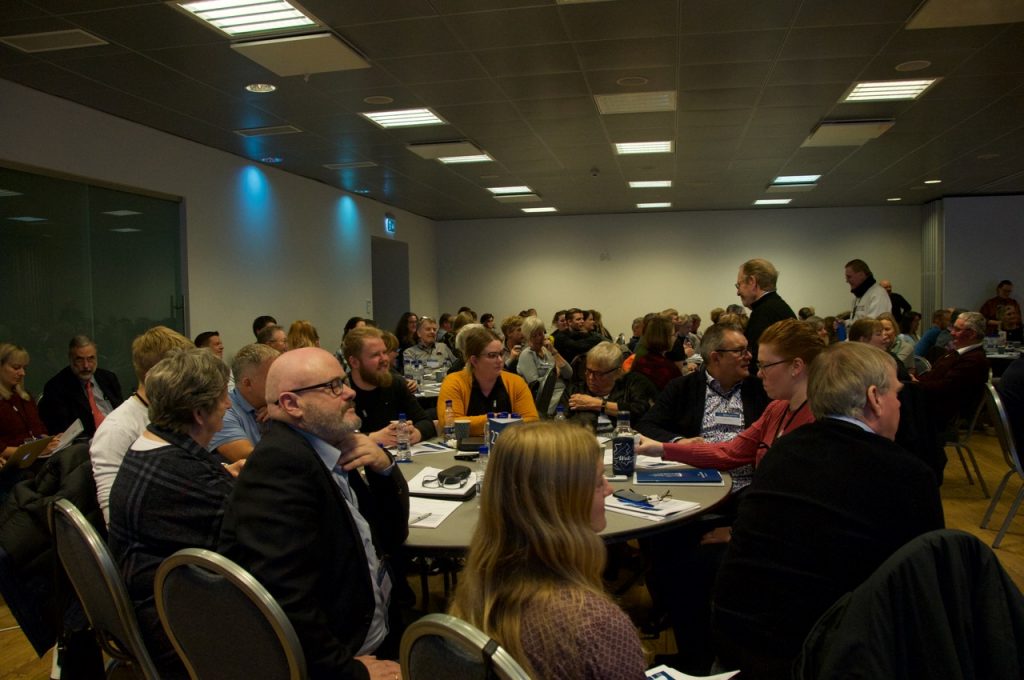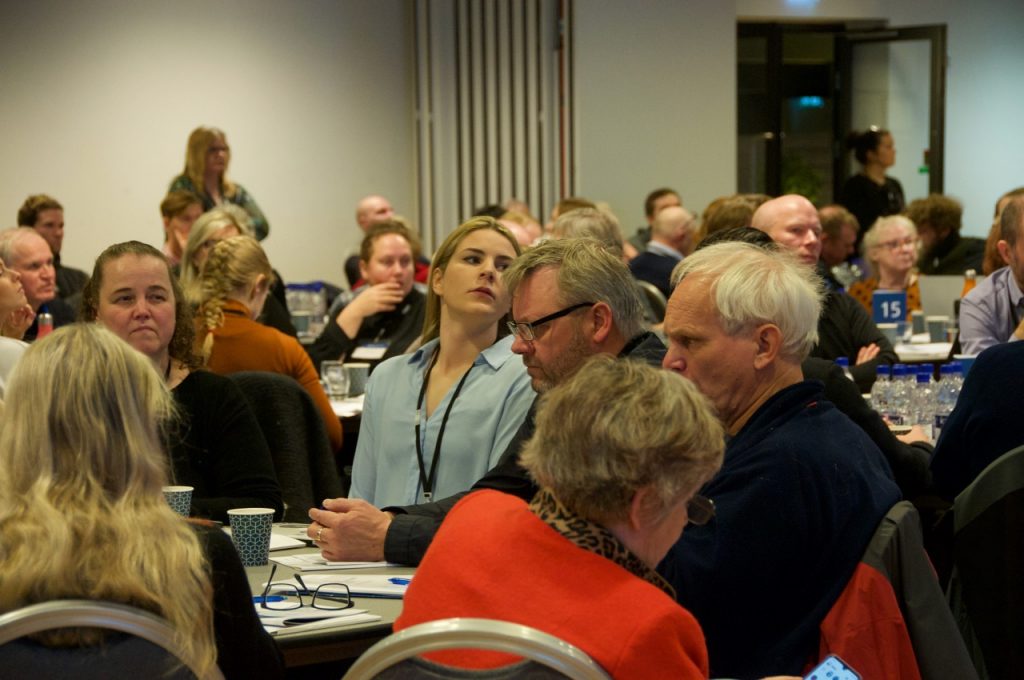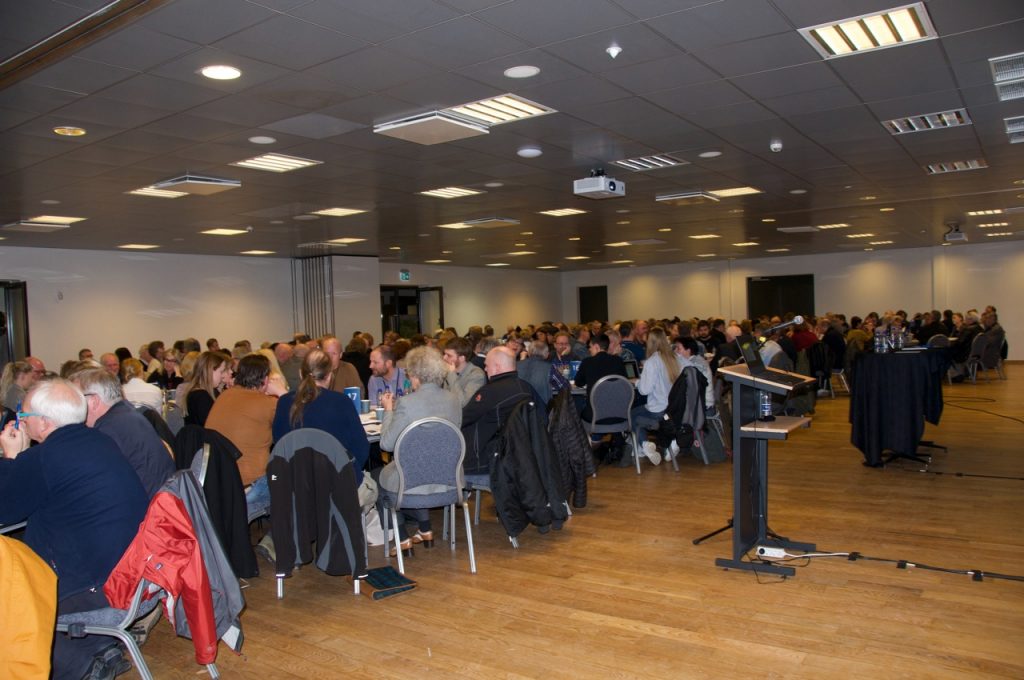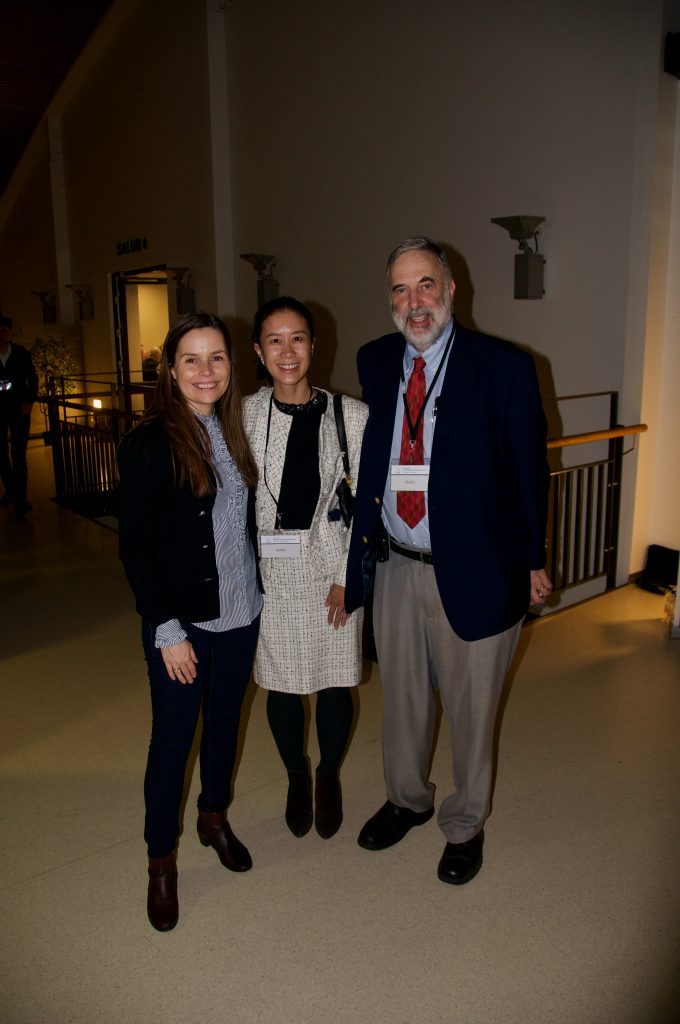| TITLE OF PAPER | Sanctuary Inside Wicked Problems: Tea Ceremony |
|---|---|
| AUTHORS NAME | Alan Waxman |
| AFFILIATION | AWED |
| UNIVERSITY / INSTITUTE | AWED (Storefront For Art And Architecture) |
| alan.e.waxman@gmail.com | |
| ABSTRACT |
Double binds are a kind of “problematic” statement in which words themselves exert an emotional force which become embodied in physical form of relationship; an example is the dialectic of “problem/solution” created in the presentation of a “problem” which sets forth a set of actions and “solutions” or exacerbation. The double bind of “problems” is one kind of “design language” in which words and ideas alone are no longer sufficient in describing relations; rather embodied experience requires a consideration of spatialized relations and their dynamics over time. Discourse around identity, “problems” of capital, power, borders, and justice are further examples which set forth “solutions” and for “wicked problems,” even ultimate removal and destruction; “final solutions.” These phenomena, which are only increasing in presence and pressure in the information age, therefore necessitate an enlivened practice of spacemaking through vital lived experience, sanctuaries within discourses of “problems,” living while being considered a problem, living on the borderline, inside the borderline as thickened intersubjective space. The Japanese tea ceremony is one such sanctuary opened within a problem, that of the Buddhist problematic of “Tanha” or desire. The Japanese tea ceremony enters this space through an aesthetic atmosphere of “wabi sabi” or “broken down loneliness” roughly equivalent to the English phrase “rhythm and blues,” creating intersubjective sanctuary rather than exclusion, elimination, and problem solving. The author has been doing Japanese tea ceremonies in the southern Kyoto Yabunouchi style for over a decade, most recently as “Matchaparty” urban planning events mostly in NYC that bring together diverse segments of the population for freestyle exploration (37 events completed since 2015). The author proposes doing tea ceremonies at the Nora conference as part of the proceedings. |
| BIOGRAPHY |
Alan Waxman MLA Harvard 2014 (awecosocial.com) creates ecosocial design for health equity and cultural resiliency. By operating in locations of fragility in space and time, he aims to bring people together to reopen critical narratives. His Urban Rhythms studios with Mark Morris Dance Group, the Center For Court Innovation, and other partners, assess urban patterns by way of participatory engagement; setting up emic spectrums of data derived from meaning for cultural insiders. Resident participants, those who have the most to gain and the most to lose, make real time interventions through events, dance, and environmental change. Waxman has deployed ecosocial design in Brooklyn NY, the SF Bay Area, and Kyoto, Japan, where he served with the University of Oregon in their Myoshinji Zen temple based urban design program. He has contributed design to dozens of public parks in NYC, Hangzhou, Xian, Chengdu and currently works as a landscape designer with Elizabeth Everdell in San Francisco. |
| CO-AUTHORS |
No co authors at this time. |
| KEYWORDS | Intersubjective, sanctuary, borderline, tea, wicked problems |
| STREAM | 4. Along and across Borders: Proper Objects and Intersectionalities |
| COMMENTS |
Please feel free to contact me if I need to uplaod the picture or if there are any issues with access to cv, affiliation, awecosocial.com etc |
| PICTURE | |
| Webpage | https://www.awecosocial.com |
| https://mobile.twitter.com/realgreenwitch | |
| https://m.facebook.com/alan.waxman |
Home »
